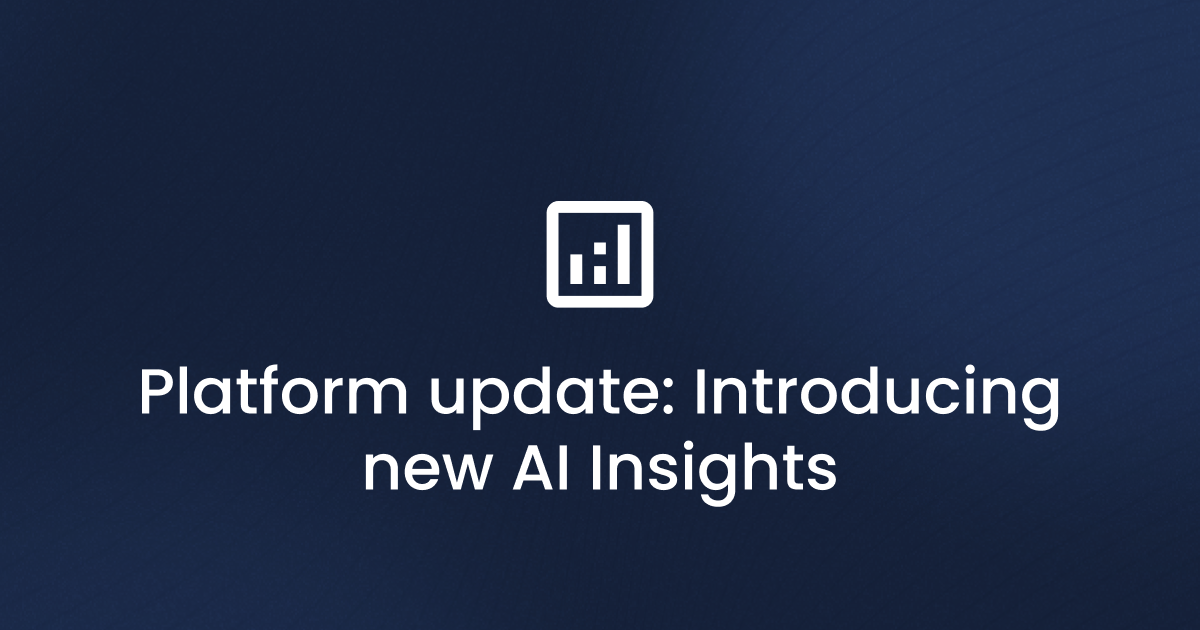From blind spots to audit trails: proving compliance in the age of generative AI
.webp)
The unseen risk behind generative AI adoption
We say this often and we will say it again: adoption of generative AI has outpaced even the most optimistic forecasts. Across hospitals, banks, and global enterprises, employees are turning to ChatGPT, Copilot, and Claude to move faster. From drafting reports and summarizing data to brainstorming new ideas. But as the tools multiply, visibility disappears.
When a physician pastes a de-identified patient summary into ChatGPT to test a prompt, or a financial analyst uploads a spreadsheet to summarize client data, the organization’s compliance posture can shift instantly. Sensitive information, often regulated under frameworks like HIPAA, GLBA, or SOX, is suddenly processed by external systems that are blurred to IT and invisible to auditors.
This results in most organizations simply not knowing how generative AI is being used inside their own walls. When regulators or customers ask, “How do you know sensitive data isn’t being shared with public, unsanctioned models?” The honest answer, too often, is “We don’t.”
The auditability gap
For regulated industries, this lack of visibility creates more than operational risk and new auditability gaps. Compliance frameworks like HIPAA, SOC 2, and ISO 27001 don’t just require policies; they require proof. It’s not enough to publish an AI use policy or trust that employees will follow it. You have to be able to show that they did.
That’s where most organizations today fall short. According to a survey by AuditBoard, 86% of organizations say they’re aware of upcoming AI regulations, yet only 25% claim to have a fully implemented AI governance program. This isn’t due to negligence. It’s a visibility problem since you can't enforce what you can’t see.
The regulatory environment is only adding pressure. HIPAA still governs the handling of all protected health information, and any interaction that exposes PHI to a public model constitutes a violation. In the EU, the AI Act classifies high-risk AI systems including those that affect health, finance, and safety under strict documentation and audit requirements, with penalties reaching €35 million or seven percent of global revenue. And in the U.S., new state-level privacy laws such as California’s updated CCPA now explicitly consider AI-generated or AI-processed data as personal information.
Compliance has always required traceability. But with GenAI, it now requires total observability which means the ability to see every interaction between a user, a model, and the data they share.
From blind spots to auditable control
Compliance leaders don’t want to ban AI. They want to enable it, safely. Blocking tools like ChatGPT entirely only drives shadow AI use further underground. The smarter path forward is visibility and control: knowing who is using which models, what data is flowing where, and whether those actions align with corporate and regulatory policy.
That means:
- Discovering every AI tool in use — sanctioned and unsanctioned.
- Understanding the type of data being shared in each interaction.
- Applying real-time guardrails that prevent PHI, PII, or confidential information from being exposed to public models.
- Logging every event so that when auditors ask for evidence, you can produce an exportable record that proves compliance.
This is what modern compliance for AI looks like: not a static checklist, but continuous oversight.
Making compliant AI use possible
The good news is that compliant AI use is possible. Enterprise-grade AI environments, such as private deployments of large language models or licensed versions of ChatGPT that include Business Associate Agreements (BAAs), can meet regulatory requirements but only if the organization can enforce those boundaries consistently across its workforce. That’s the hard part.
SurePath AI was built to solve exactly this challenge. We make AI use visible, controllable, and auditable, from ChatGPT to MCP. Our platform gives organizations a complete map of which AI tools and models are in use, enforces guardrails to protect sensitive data, and generates exportable audit trails that prove compliance with HIPAA, SOC 2, ISO 27001, and emerging AI regulations.
Because you can’t govern what you can’t see. Request a demo to get started.
Related articles





